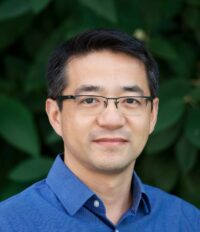
In the Eley Quantum Materials Group, Eley researches the role of disorder on electronic and magnetic properties of quantum materials and devices, including the vortex-defect interactions in superconductors, skyrmion-defect interactions in magnetic materials, and the effects of material microstructure on energy loss in superconducting circuits.






